 |
| Image by Arthur Anker! |
Image by the always awesome Arthur Anker! (Straits of Johore Biodiversity Survey, Oct 2012)
This week, owing to "crunch time" on my trip and being up to my arm pits in Antarctic starfish- you get a nice photo essay about sea spiders (btw-not arachnids) aka pycnogonids! Not echinoderms but arthropods!
Mostly of these are pretty tiny, which is why most people never see them, but the details are everything! I was told once by one of my professors many years ago that you could go your whole life and never see one of these-wow! times have changed...
From the Great Barrier Reef, Australia (probably Anoplodactylus sp.)
 |
| Image by Arthur Anker! |
Some neat south African pcynogonids in the Florida Museum of Natural History collections
 |
| Image by Arthur Anker! |
Shown this one before (from St. Martin) -but its amazing so here it is again!
 |
| Image by Arthur Ankder |
A neat one from Grand Cayman.
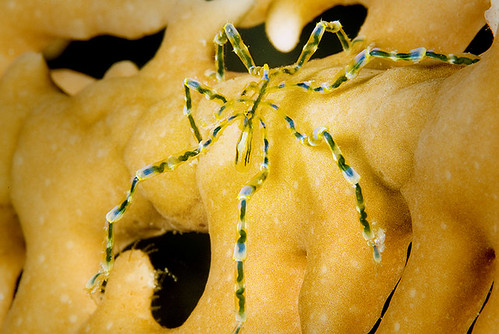 |
| Image by Courtney Platt |
This one identified as Nymphon breviostre but not sure where its from... Images by Alexander Semenov
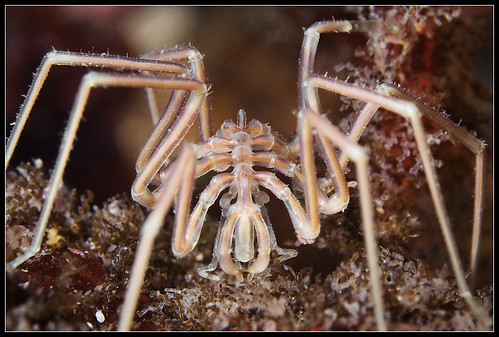 |
| Image by Alexander Semenov |
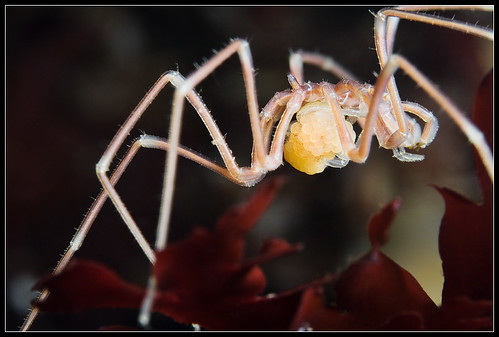 |
| image by Alexander Semenov |
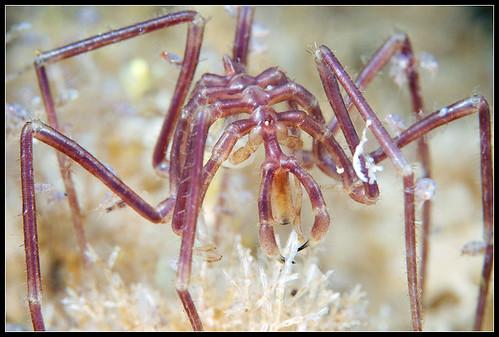 |
| Image by Alexander Semenov |
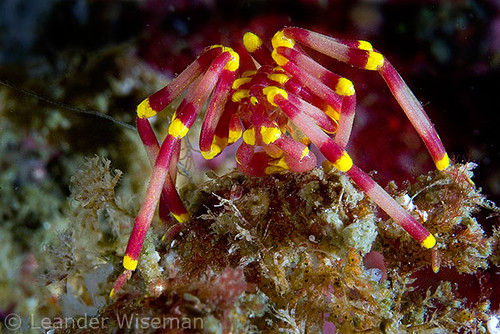 |
| Image by Leander Wiseman |
Pallenopsis macneilli from Port Phillip, Australia
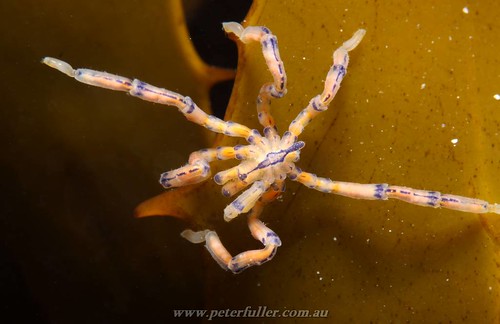 |
| Image by Peter Fuller |
Yikes. This one looks overrun by wee sea spiders!
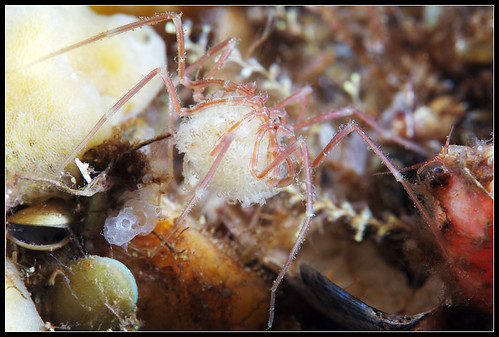 |
| by A. Semenov |
 |
| Images by Alexander Semenov |
Here's one of the deep-sea taxa, possibly Colossendeis. They get to be over 7 inches across! This one looks big..
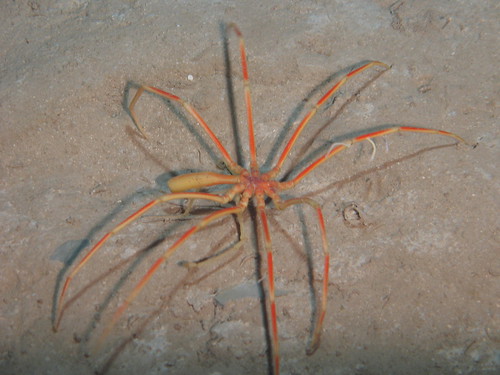 |
| by the SERPENT project |
Sea Spiders from liquidguru on Vimeo.
And thanks to NEPTUNE Canada for reminding me about this neat video of a giant deep-sea sea-spider moving!
5 comments:
If they had been better known when the first fossils of Hallucigenia were found, I imagine the find wouldn't have been considered so out of the ordinary. I wonder if the sea spiders are the descendents of Hallucigenia.
Actually, Hallucigenia is thought to be an ancient ancestors of rarely seen modern animals called velvet worms (or onychophorans) Here are some websites
http://evolution.berkeley.edu/evolibrary/article/_0_1/cambrian_15
http://paleobiology.si.edu/burgess/hallucigenia.html
the wikipedia discussion is worth reading:
http://en.wikipedia.org/wiki/Hallucigenia
Sea spiders are better supported as being related to arachnids and horseshoe crabs. My understanding is that they do not share any close relationship with onychophora and Hallucigenia (although all fall in the broad umbrella of Arthropoda and their kin)
http://arthropoda.wordpress.com/2010/02/10/unraveling-arthropoda/
Alexander Semenov works at the White Sea Biological station of Lomonosov Moscow State University, so sea spiders are from the White Sea, Kandalaksha Bay, near this coordinates: 66 34' N, 33 08' E
I actually found this post because after seeing Sea Pigs, a bunch of strange, tall Sea Urchins, and the recent Attenborough series I wondered if hallucigenia was actually an old echinoderm.
I'm still curious!
Hallucigenia is actually considered to be an animal intermediate between arthropods and polychaetes. The word often used to describe it is "lobopod" There are terrestrial members alive today called Velvet worms or Onychophora. If indeed these are living members, they live on land.. and not in marine settings.
Neat animals!
Post a Comment